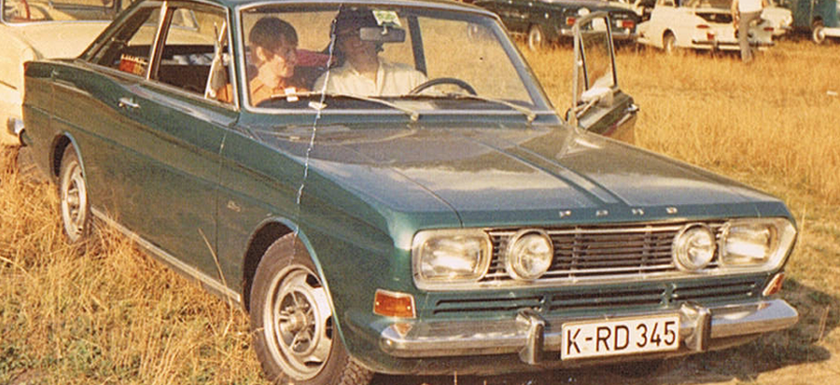
For some inexplicable reason, the Ford Motor Company Ltd decided to sponsor me as a student apprentice, starting a four-year sandwich course in August 1964.
This entailed four six-month long sessions at Salford Uni interspersed with four six-month stints at various Ford of Britain locations. I graduated with a BSc (Hons) in Mech Engineering in September 1968 and immediately started working in the Ford of Europe Testing Operations department at the then recently opened (Jan 1967) Dunton R&D Centre in Basildon, Essex.
 FTC-GB
FTC-GB